Shrines and temples where you can experience traditional Japanese culture.
I think it is one of the sightseeing spots that you should not miss when you come to Japan.
Do you know the difference between such shrines and temples?
In conclusion, if “God” is worshipped and enshrined, it is a shrine, and if “Buddha” is enshrined, it is considered to be a temple.
However, this may be difficult to understand on its own, so I will explain their meaning in detail.
Differences between shrines and temples
The differences between shrines and temples are manifested in the different religions that they believe in.
That is either “Shinto” or “Buddhist.”
I will explain it in a simple way.
What is a Shrine?
Since ancient times, the Japanese have believed that gods dwell in everything.
Nature such as mountains and rivers, earthquakes as disasters, and figures such as great men have also been deified and worshipped.
This idea is called Shinto, and the establishment that enshrines the God worshipped is called shrine.
It can be said to be where God lives.
Each shrine enshrines a different God, so it is interesting to learn about them before you go sightseeing.
For example, the Gods enshrined in famous shires are as follows.
- Fushimi Inari Taisha Shrine → God of Food and Grain
- Ise Grand Shrine → God of the Sun, Light and Charity
What is a temple?
On the other hand, what is believed in temples is the idea of Buddhism.
It is a religion that worships Buddha, and the temple is where that Buddha is enshrined.
Unlike God, only human beings can become Buddhas.
It is only those who have awakened to the “truth” through rigorous practice.
Temples are places that were created to receive the teachings of such predecessors.
For example, the Gods enshrined in famous shrines are as follows.
- Kiyomizu-dera Temple → Those who are believed in by who desired health and success in life
- Todaiji Temple → Those who are believed in by who want to live safely in this world.
Differences can be seen in the building and the way of worship.
Different ideas lead to different buildings and different ways of worshipping.
When sightseeing, we recommend that you pay attention to the points we will introduce.
It will be a trip where you can feel more the Japanese culture.
Difference in Entrance
The most obvious difference between a shrine and a temple can be clearly seen at the entrance.
Shire has Torii gate at the entrance.
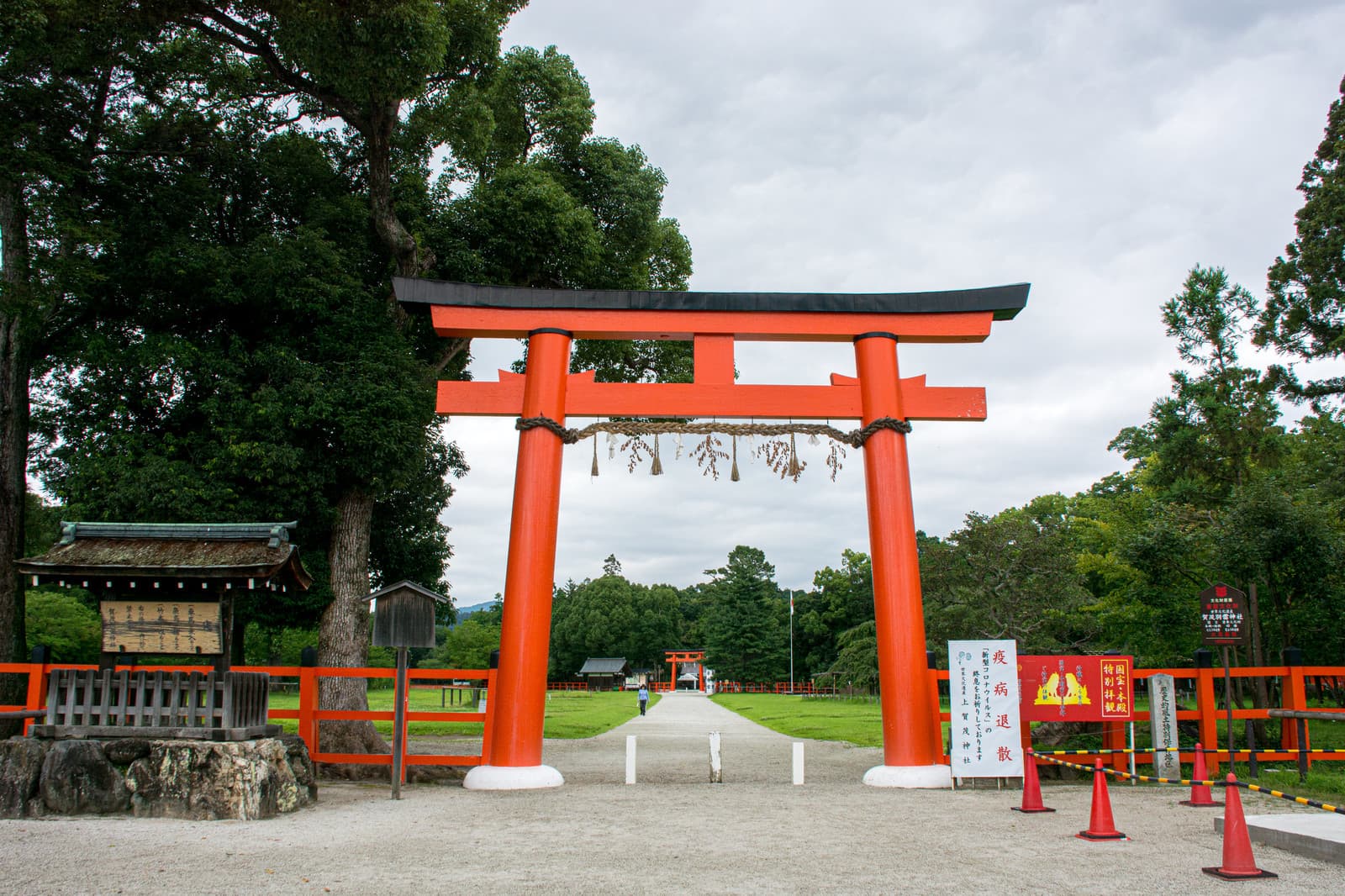
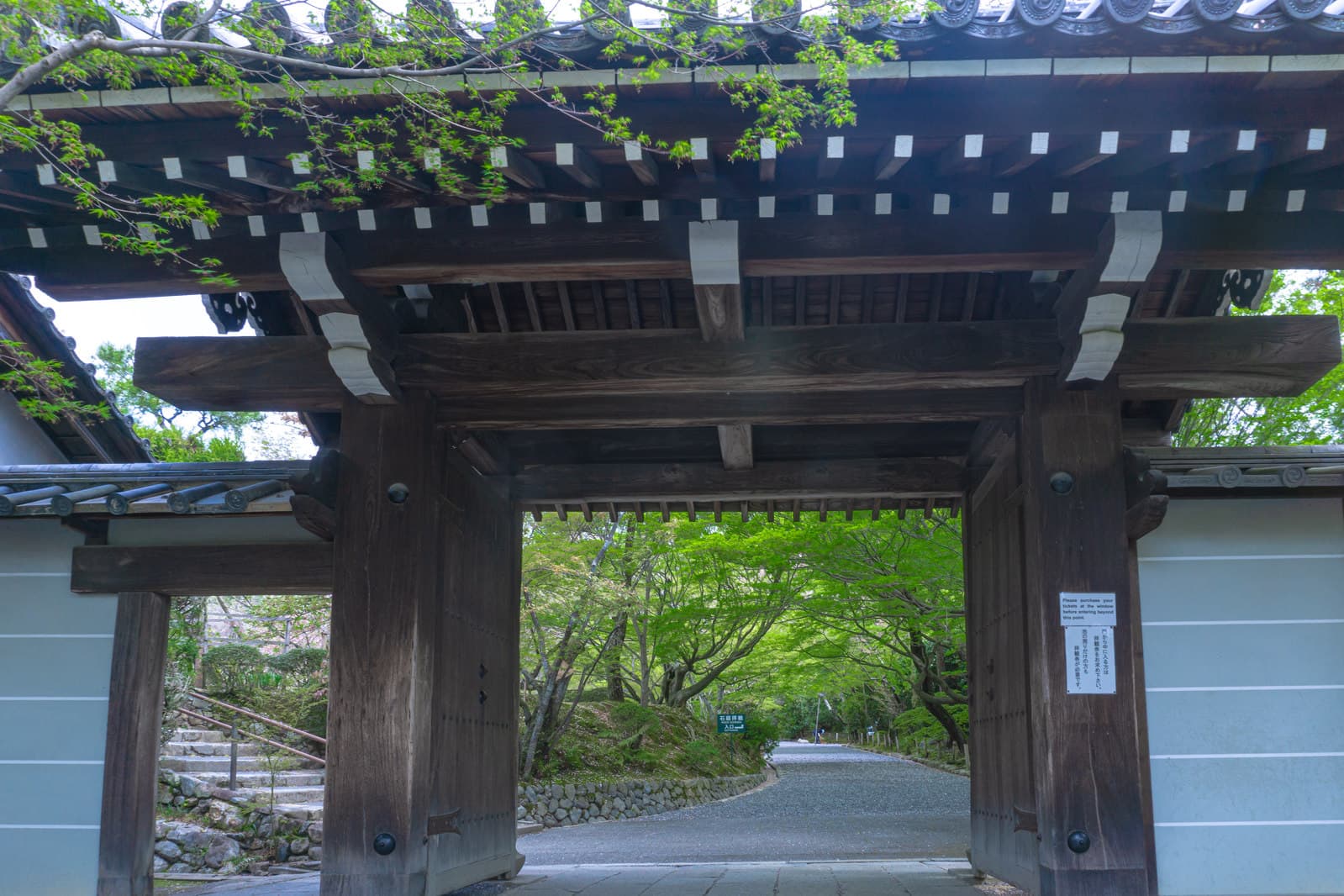
When visiting shrines or temples, you can determine whether you are in by paying the attention to the entrance.
Different guardians
Both shrines and temples often have stone or bronze statues that serve as guardians at entrances and approaches
This also shows the difference between the two.
The shrine has Komainu, stone statues, that look like dog that prevent Demons from entering the shrine.
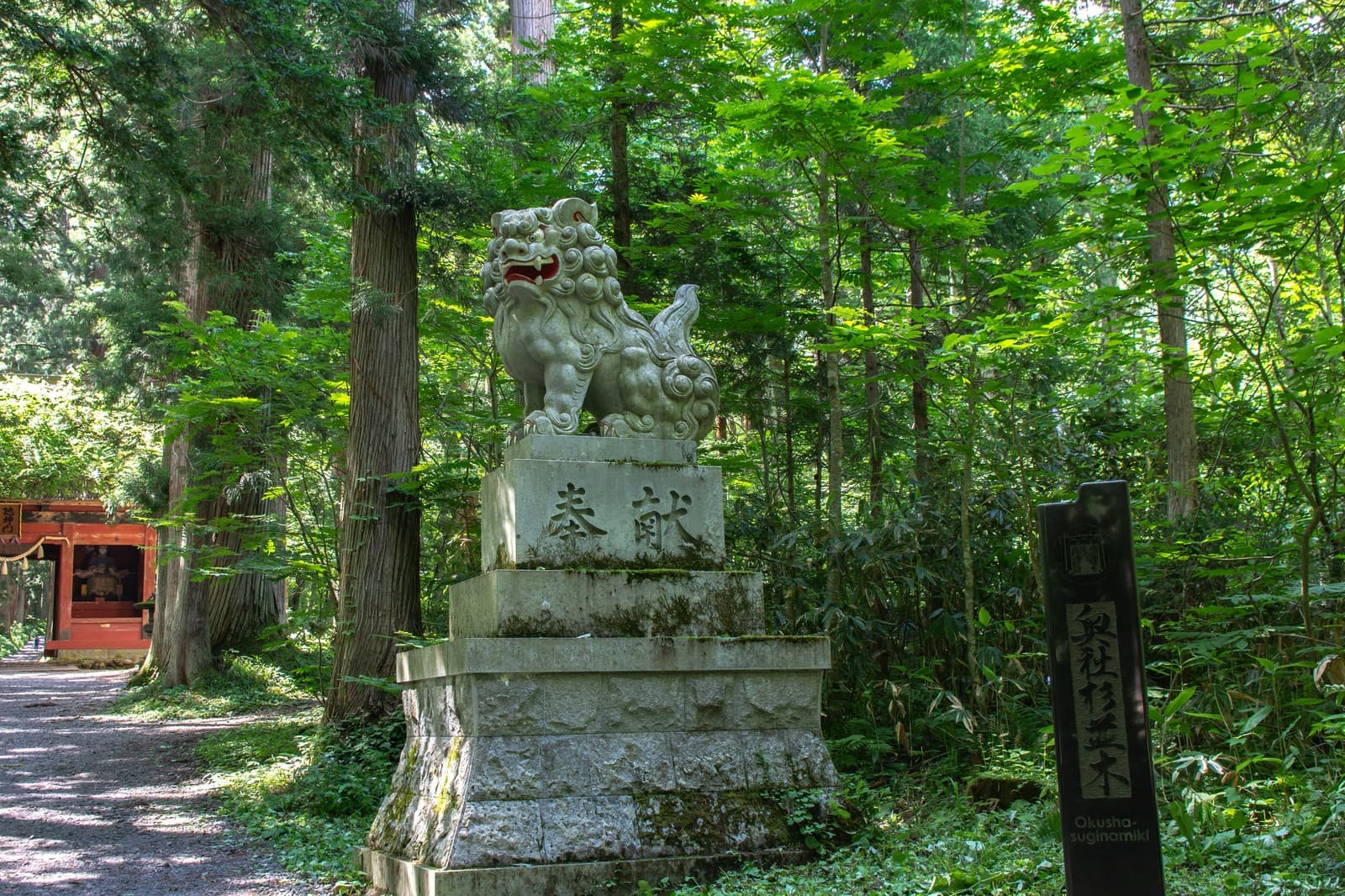 Komainu
Komainu
Temple has two pairs of Kongo-rikishi Statue, bronze statues that look like superhuman figures that prevent the invasion of Buddhist enemies.
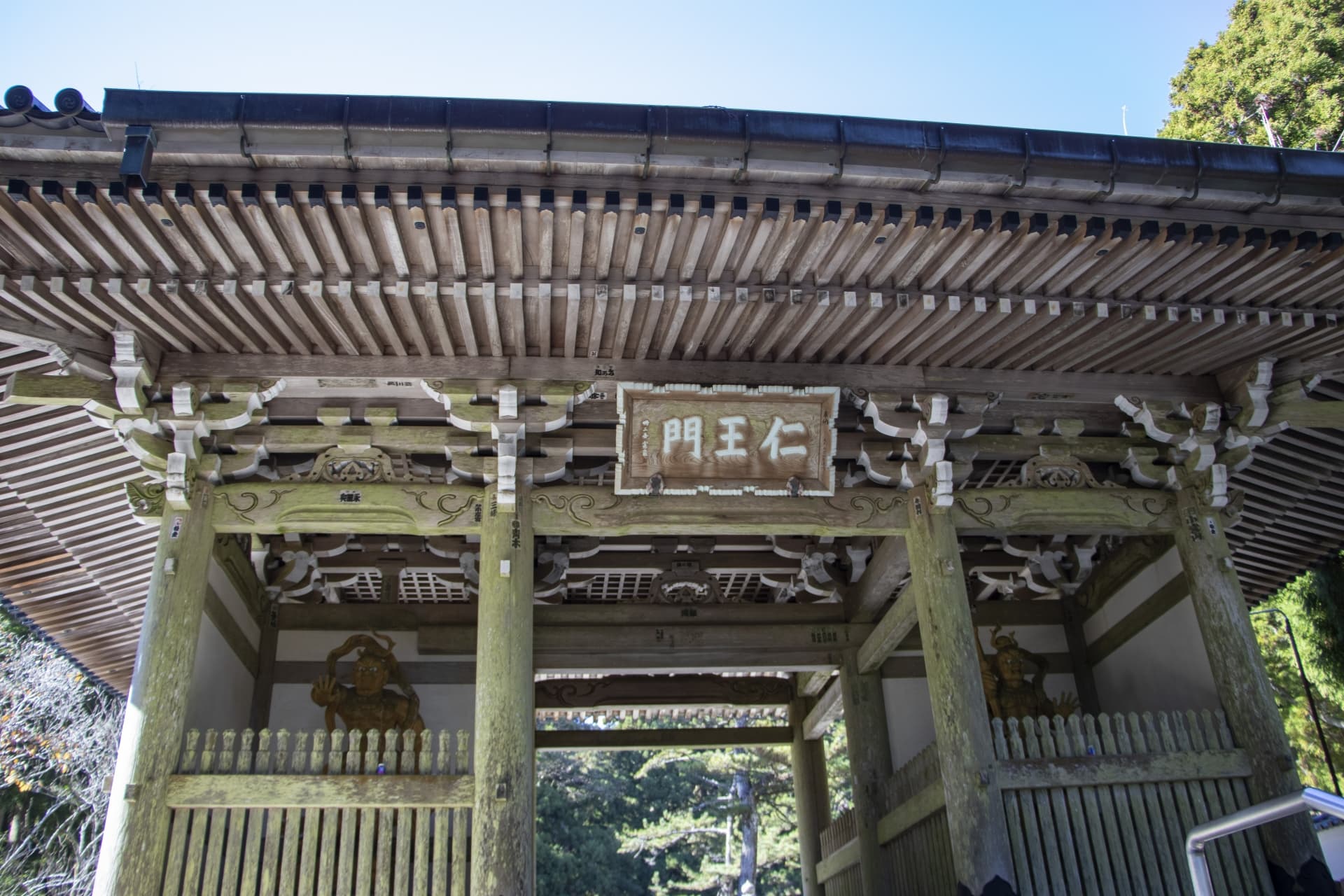 Kongo-rikishi Statues
Kongo-rikishi Statues
It should be noted, however, that Komainu may also be found in temples, so they are not 100% distinguishable by this method.
Furthermore, there are exceptional shrines where dogs, foxes or pigeons are
the guardians instead of dogs.
Differences in Worship Methods
Worship methods also differ between shrines and temples.
Shrine procedures are
- Make a monetary donation.
- Ring the bell.
- Bow twice.
- Clap both hands together twice.
- Pray
- Bow twice.
Temple procedures are
- Burn incense (if any).
- Make a monetary donation.
- Ringing the bell (if any).
- Put your hands together without clapping and pray.
If you make a mistake and clap your hands at the temple, it is quite conspicuous, so be careful.
Differences in what is enshrined
I mentioned earlier that shrines enshrine “God” and temples enshrine “Buddha.
As you will see when you actually visit the shrine, you basically cannot see the “God” being enshrined.
There is a bronze “Buddha” statue in temple.
These are some of the differences.
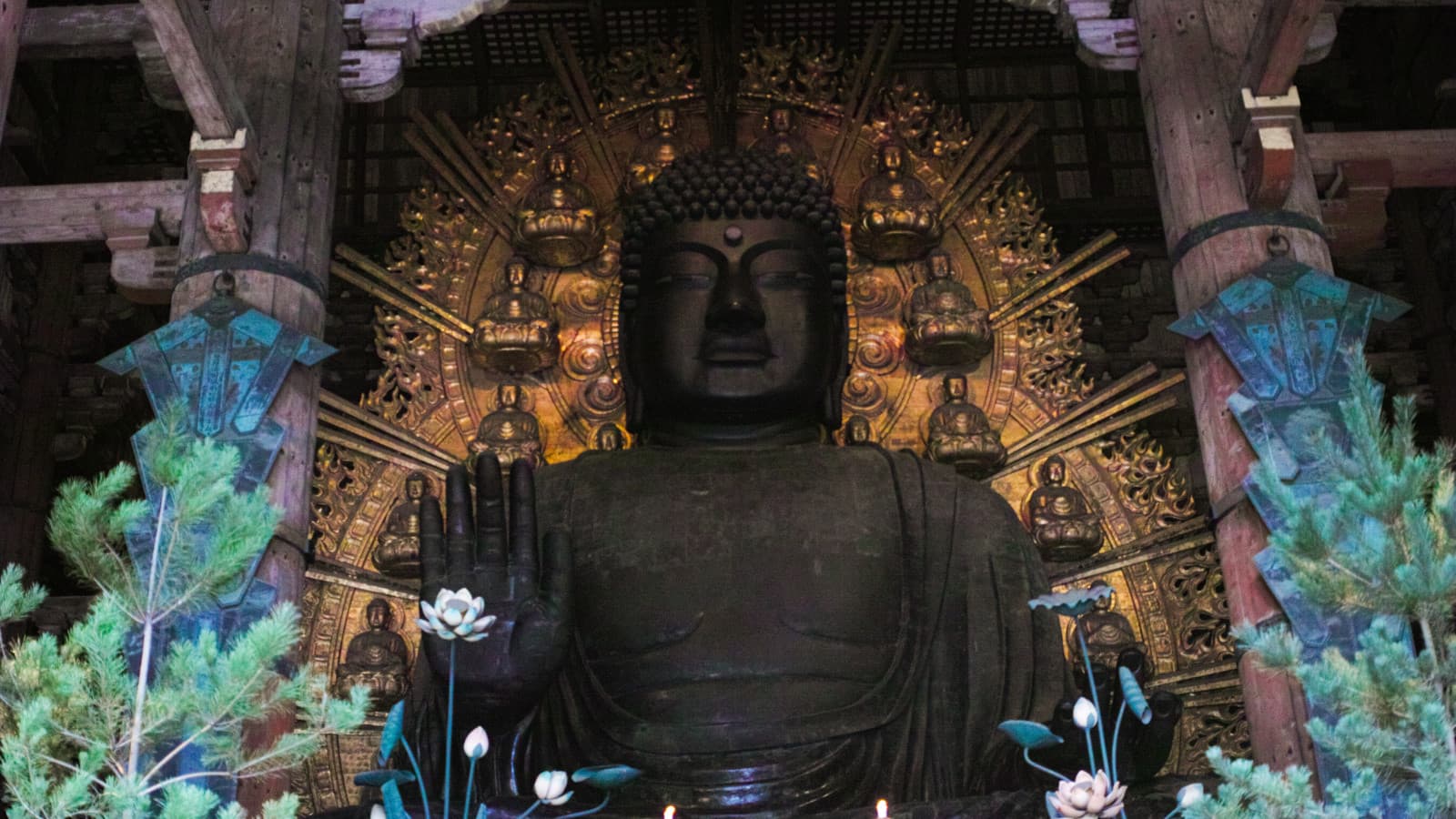 You can see Buddha directly like this.
You can see Buddha directly like this.
The difference between those who serve
Those who serve at shrines are called “Kan-Nushi” and those who serve at temples are called “Priests”.
The priest is dressed like a kimono and wears a hat,
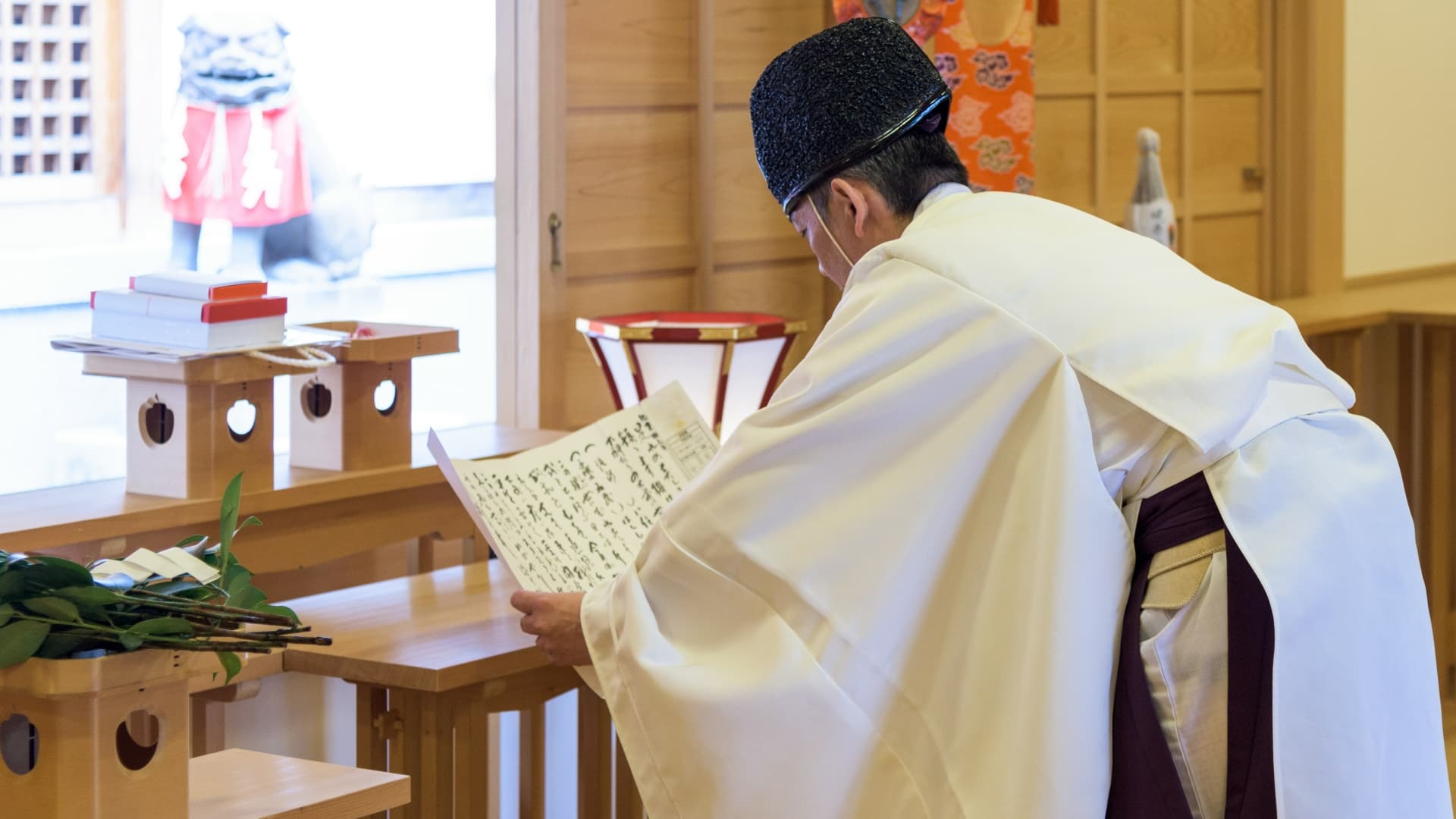
while the priest is dressed like a kimono and has a shaved head.
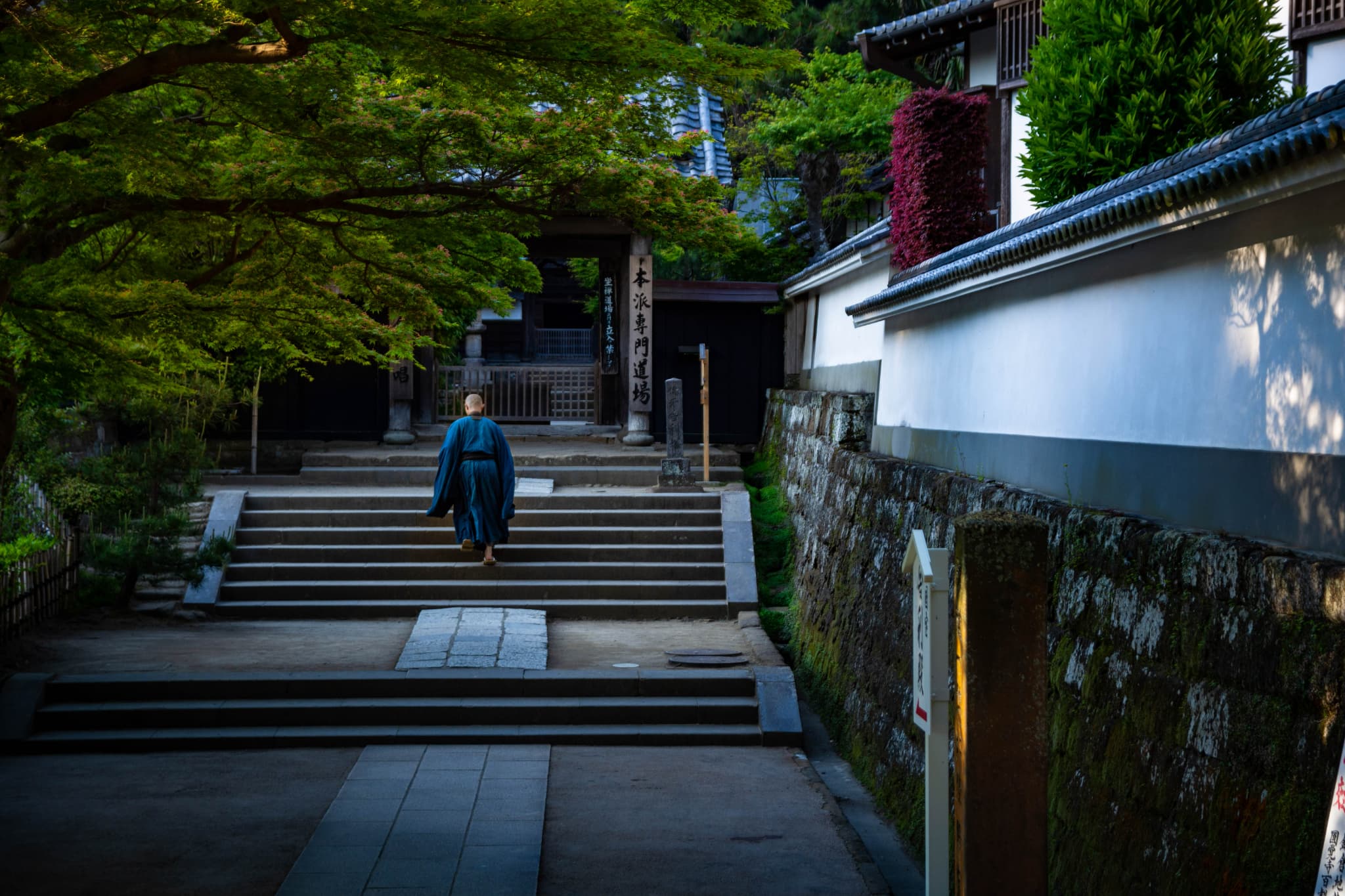
You may not be able to see them because they are not outside all the time, but you can see the difference here too.
Summary
By visiting shrines and temples with an understanding of the differences
between each, I believe that the journey will be one in which you will experience
the traditions of Japan even more fully.
There are also many other minor differences in addition to what we have introduced.
Please go and experience the difference.


